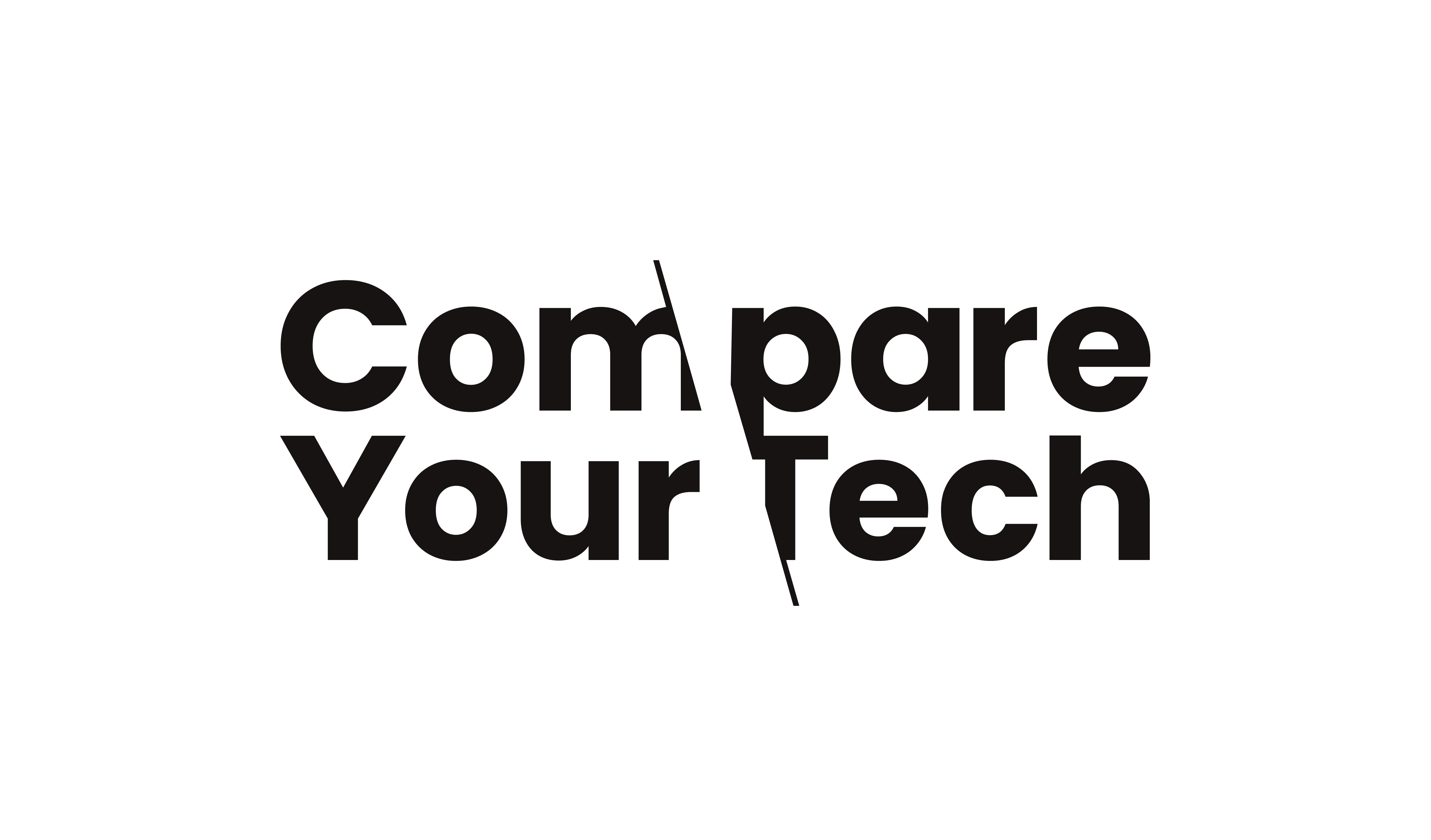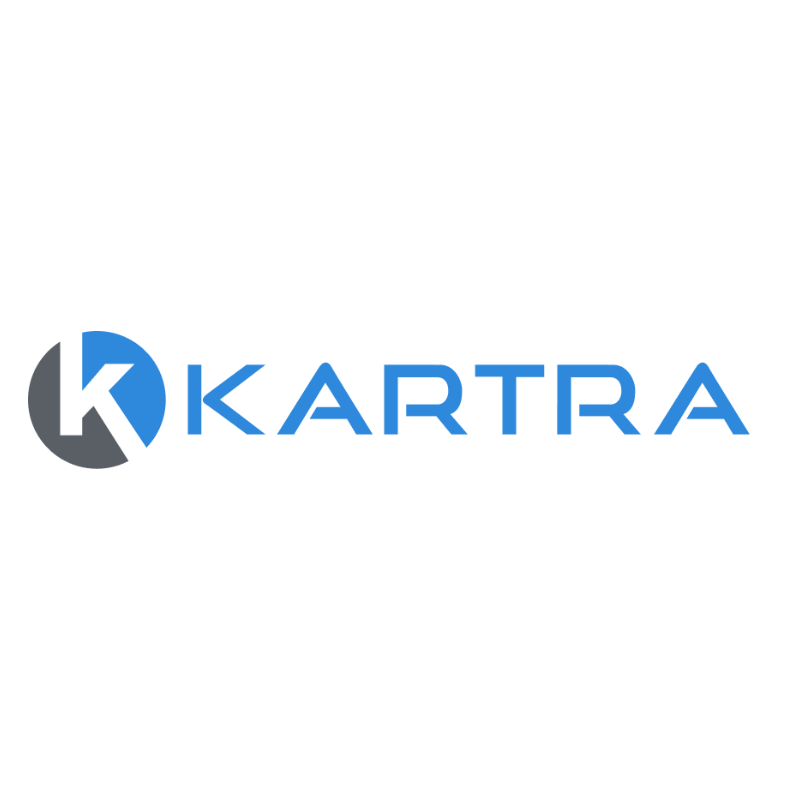FAQ'sFrequently Asked Questions about Ray
Who are Ray?
Ray is a company that provides an open-source framework designed for building and running distributed applications. It enables developers to write applications that can scale easily across multiple nodes in a computing cluster, enhancing performance and resource utilisation.
What are Rays products?
Rays primary product is its open-source framework, which includes several libraries such as Ray Core, Ray Serve, and Ray Tune. These tools facilitate distributed computing, model serving, and hyperparameter tuning, respectively, making it easier for developers to manage complex workloads.
What services do Ray offer?
Ray primarily offers support through their open-source framework, including documentation, community support, and a range of tutorials. They also provide enterprise solutions that may include consulting and support services for organisations looking to implement Ray in their systems.
What type of companies do Rays products suit?
Rays products are suitable for a variety of companies, particularly those in the fields of data science, machine learning, and artificial intelligence. Startups and large enterprises that require scalable solutions for data processing and model deployment can benefit from Rays framework.
How much does Rays product cost?
Rays open-source framework is free to use. However, organisations may incur costs if they opt for enterprise support or additional services that Ray may offer.
Does Ray offer a free trial?
As Rays core framework is open-source, there is no trial period required. Users can freely download and use the framework without any upfront costs.
What discounts does Ray offer on their products?
As Ray’s core offerings are open-source and free to use, there are no formal discounts on their products. Any enterprise-level services would likely be negotiated on a case-by-case basis.
Are there any hidden fees or additional costs with Ray?
There are no hidden fees associated with Rays open-source framework. However, costs may arise if organisations choose to engage with enterprise support or additional services.
Who uses Rays products?
Rays products are used by data scientists, machine learning engineers, and developers in various industries, including technology, finance, healthcare, and academia, who require scalable and efficient solutions for distributed computing.
What are the main features of Rays products/services?
Key features of Rays products include:
- Distributed computing capabilities that allow seamless scaling across clusters.
- Ray Serve for easy deployment of machine learning models.
- Ray Tune for hyperparameter optimisation.
- Integration with popular machine learning libraries such as TensorFlow and PyTorch.
How does Ray compare to its competitors?
Ray differentiates itself by offering a flexible and easy-to-use framework that integrates well with existing machine learning libraries, unlike many competitors that may offer more rigid solutions. Its focus on distributed execution makes it particularly strong in scenarios requiring scalability.
Is Rays platform easy to use?
Ray provides a user-friendly interface and extensive documentation, making it relatively easy for developers familiar with Python and distributed systems to get started.
How easy is it to set up Rays product or service?
Setting up Ray is straightforward, involving installation via package managers such as pip. Comprehensive installation guides and tutorials are available to assist users through the setup process.
Is Ray reliable?
Ray is considered reliable, with a strong community backing and regular updates that enhance its stability and performance. However, as with any open-source software, users should evaluate it in the context of their specific use cases.
Does Ray offer customer support?
Ray offers community support primarily through forums, GitHub issues, and documentation. For enterprise users, dedicated support services may be available, depending on the arrangement.
How secure is Ray’s platform?
Rays security largely depends on the implementation by the user. It is essential for organisations to follow best practices for securing their computing environments when deploying Ray in production.
Does Ray integrate with other tools or platforms?
Yes, Ray integrates seamlessly with popular machine learning libraries such as TensorFlow and PyTorch, as well as cloud services and data processing frameworks, enhancing its versatility in various tech stacks.
Can I use Ray on mobile devices?
Ray is primarily designed for server-side applications and distributed computing environments, making it unsuitable for mobile device deployment.
What do users say about Ray?
Users generally praise Ray for its scalability, flexibility, and powerful features for distributed computing. However, some may point out challenges related to learning curves associated with more complex use cases.
What are the pros and cons of Ray?
Pros:
- Open-source and free to use.
- Highly scalable and flexible architecture.
- Strong community and comprehensive documentation.
Cons:
- Potential learning curve for new users.
- Reliance on community support for troubleshooting.
How can I purchase Ray’s services?
Rays core framework is free to use. For enterprise services, interested parties should contact Ray directly through their website to discuss options and pricing.
What is the cancellation or refund policy for Ray?
As Ray’s core offerings are free and open-source, there are no cancellation or refund policies applicable. For any enterprise agreements, users should refer to the specific terms outlined in their contracts.
What are the common use cases for Ray?
Common use cases for Ray include:
- Distributed training of machine learning models.
- Real-time model serving for predictions.
- Efficient hyperparameter tuning across multiple trials.
Why choose Ray over other options?
Ray offers a unique combination of flexibility, scalability, and ease of integration with existing tools, making it a compelling choice for organisations looking to enhance their distributed computing capabilities without incurring high costs.
How easy is it to set up Ray?
Ray is designed for straightforward setup with clear installation instructions available. Users can quickly install Ray and start building distributed applications with minimal configuration.
Does Ray offer training or tutorials?
Yes, Ray provides extensive documentation, tutorials, and example projects on their website, which assist users in learning how to effectively use the framework.
What languages does Ray support?
Ray primarily supports Python, which is the main programming language for many machine learning applications. There are ongoing discussions in the community about extending support to other languages.
What problems does Ray solve?
Ray addresses challenges associated with scaling applications for distributed computing, optimising resource utilisation, and simplifying the deployment of machine learning models in production environments.
Is Ray worth the investment?
For organisations looking to scale their machine learning operations and improve efficiency in distributed computing, Ray’s open-source framework offers significant value, particularly given its lack of licensing costs and strong community support.






Leave a Reply
You must be logged in to post a comment.